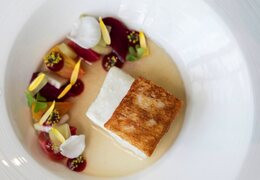Amber maple syrup is increasingly appealing to lovers of fine cuisine and sweet treats. Its warm color, captivating...
Search in blog
Blog categories
Popular posts





Latest posts

Cranberries might not be the first food you think of for sports nutrition. Yet, this small, tart red fruit hides...

Much more than just a trend, the smoothie is a true concentrate of well-being. Looking for a healthy, energizing,...

Poutine, Canada's iconic dish, is a true source of pride for Quebecers. But to enjoy a poutine worthy of the name,...

The Adirondack chair is a timeless icon of outdoor furniture. If you're looking to combine comfort, aesthetics,...














Leave a comment
Log in to post comments
Comments
Produits connexes sur l'art amérindien
By: Paindville On 11/21/2022Bonjour,
Pourriez-vous projeter d'ouvrir un volet, sur l'art de nos Premières Nations, ainsi que de la littérature ci-rapportant. Je pense entre autre, à la Côte-Ouest, mais aussi aux Inuits, Hurons (Wendake), Abénaquis.
J'appartiens à la Nation Huronne et vis en Europe (Belgique) depuis 45 ans. Et pratique l'art Haïda.
Bien à vous.
Replied by: Grégory GOUDJO On 11/22/2022